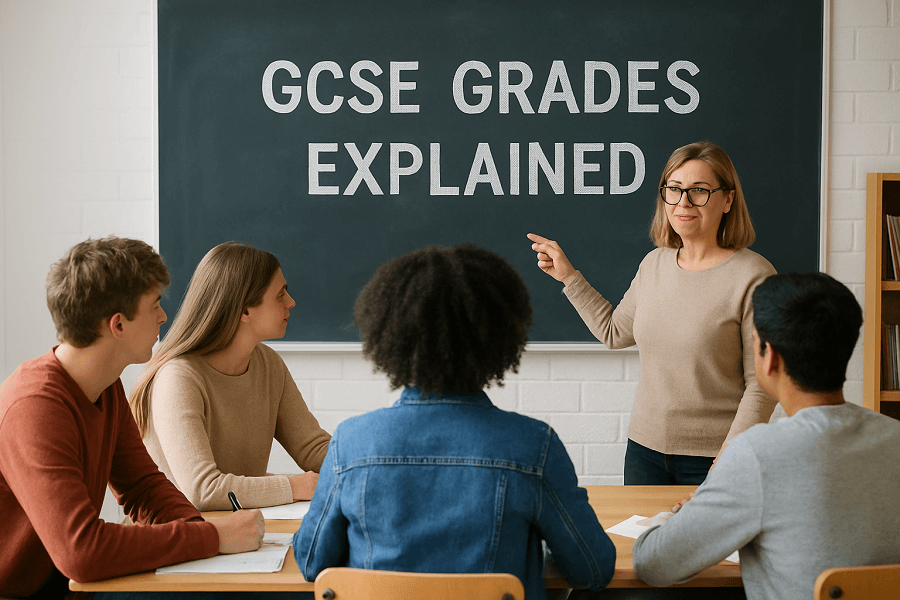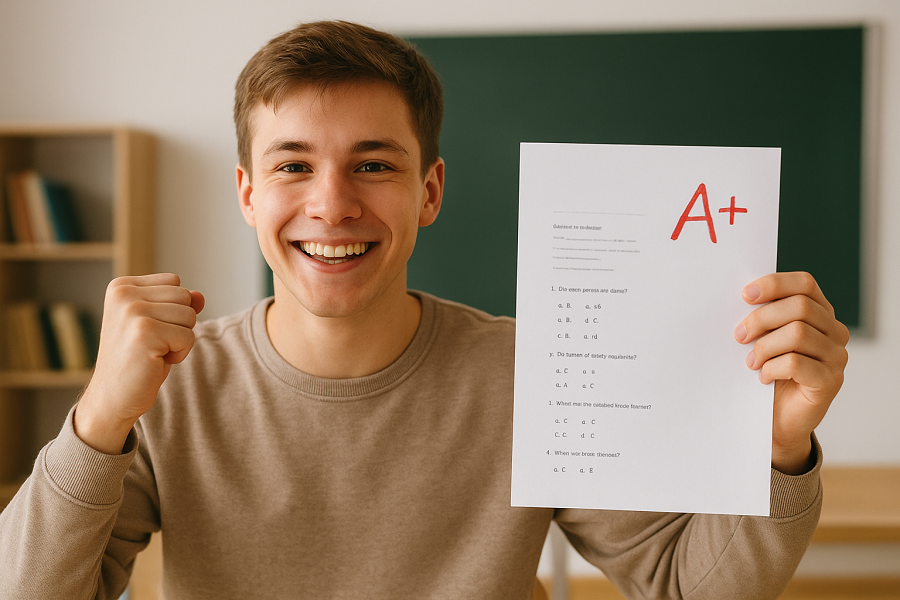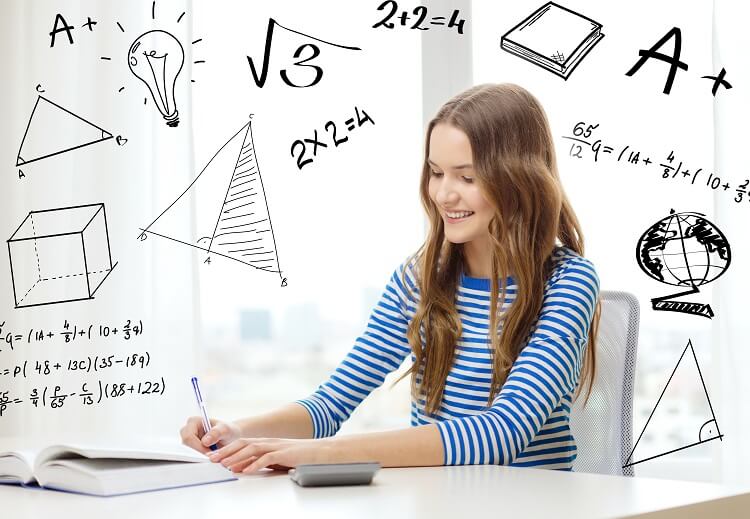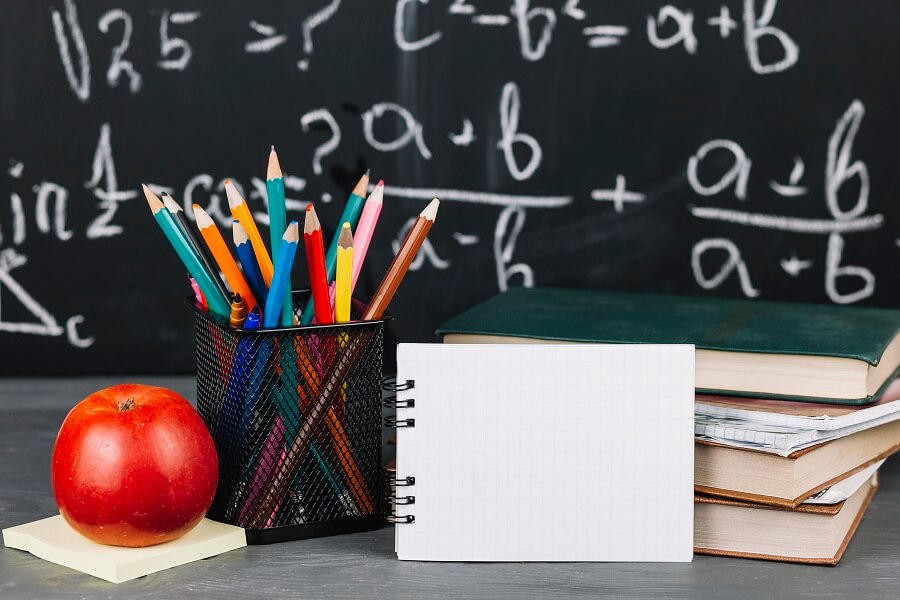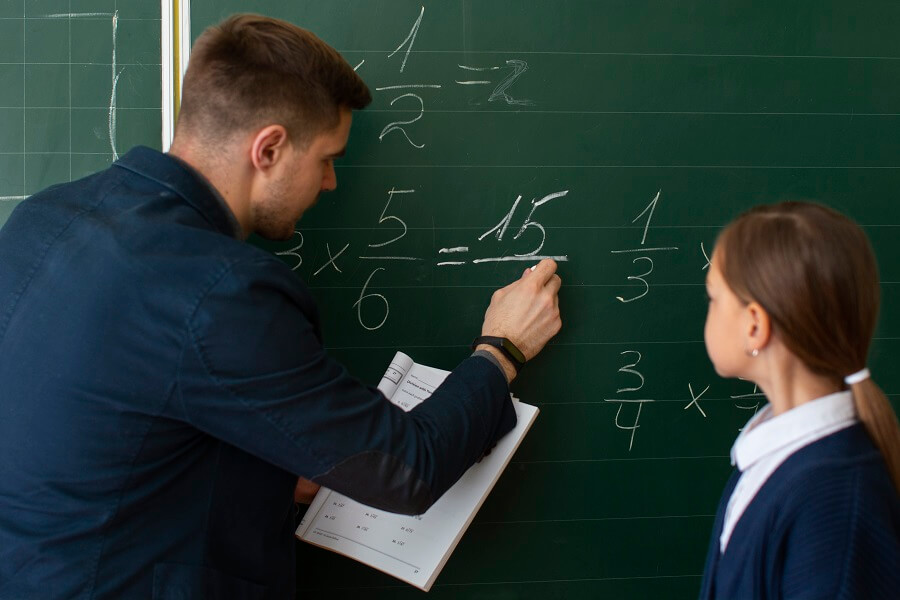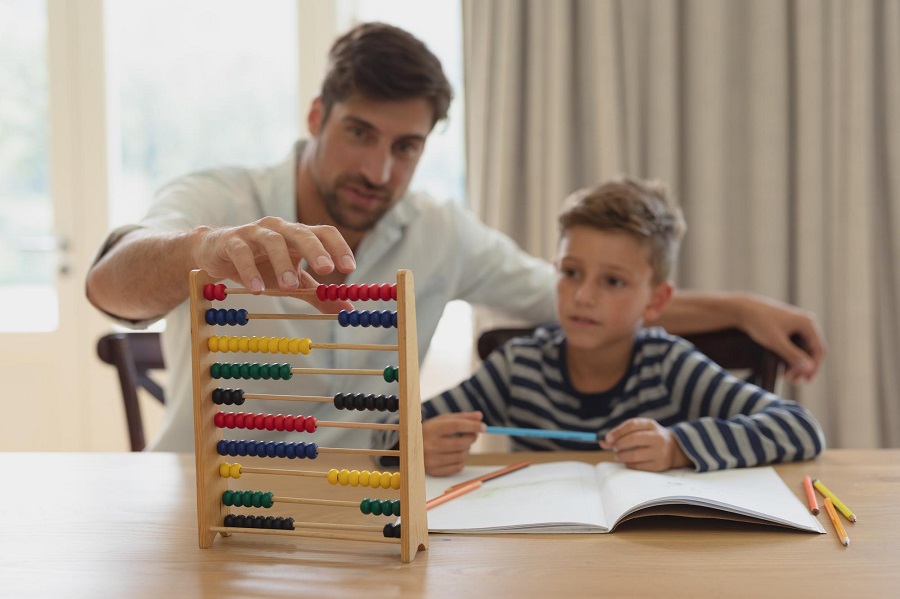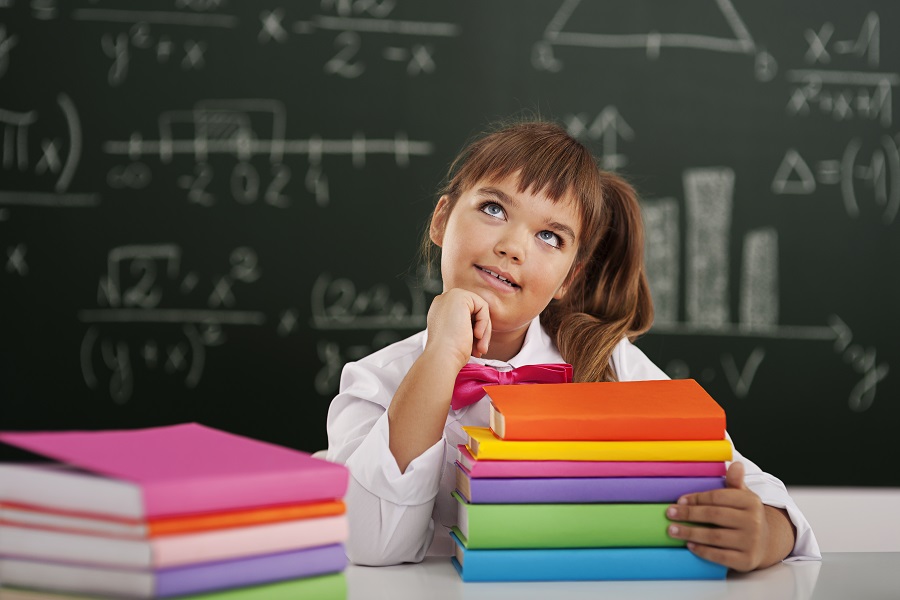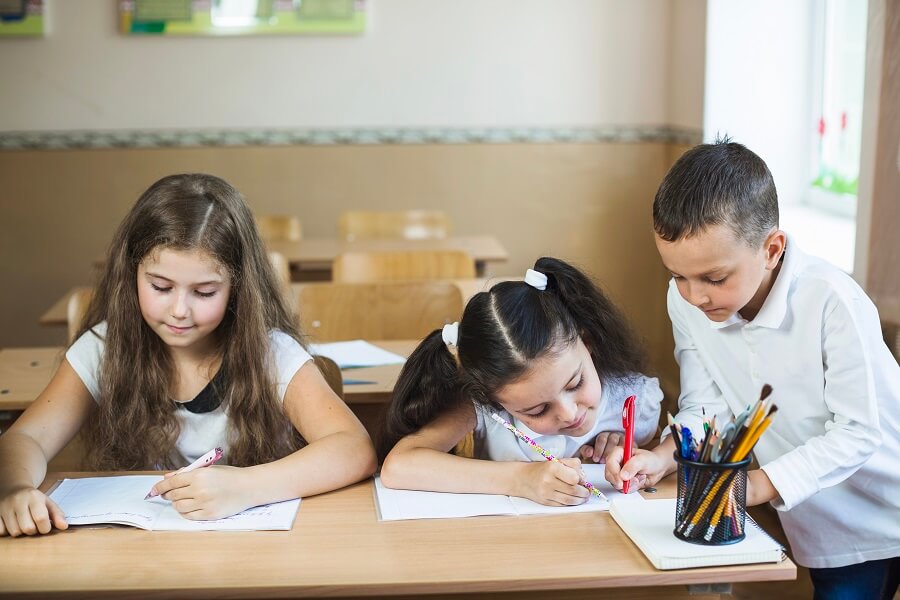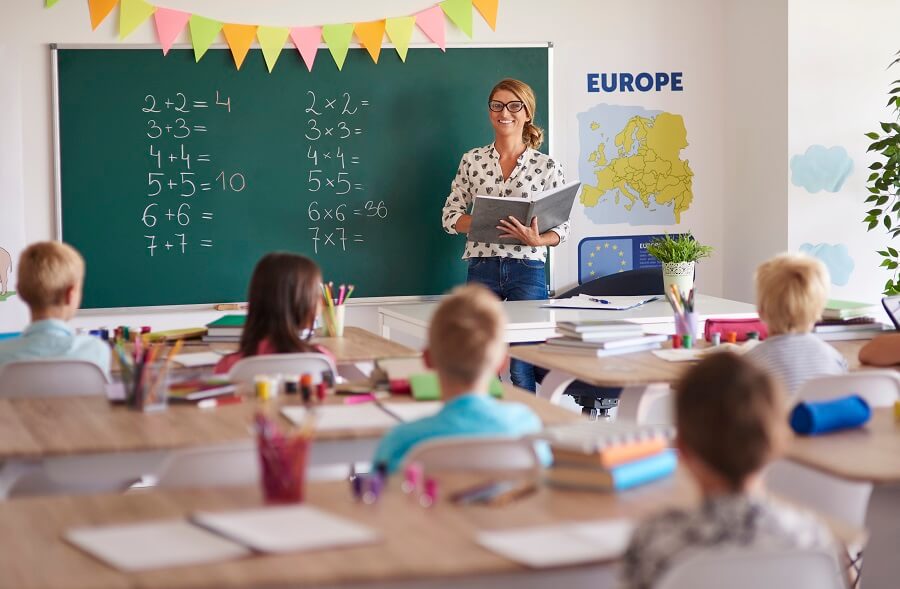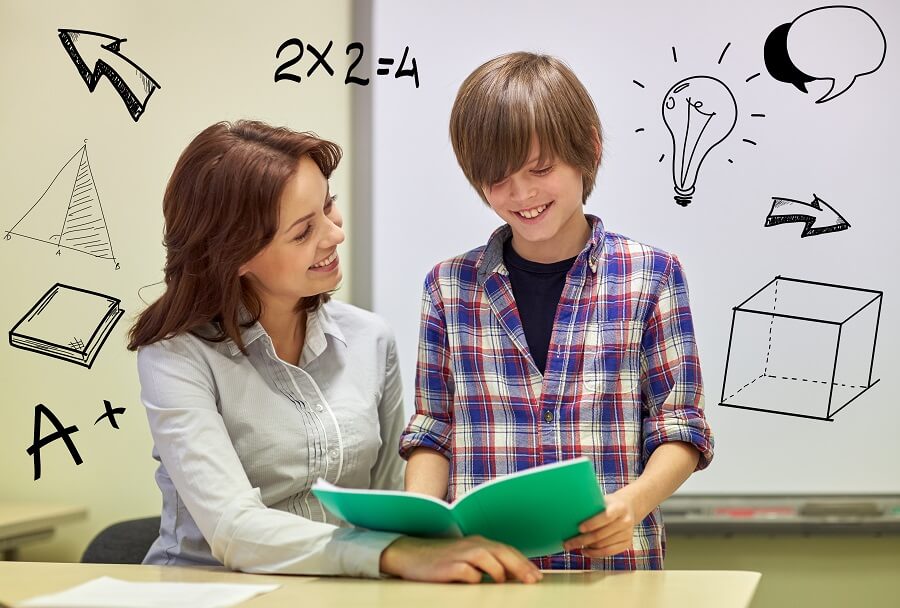
Year 9 marks an exciting stage in a student’s maths journey, building on skills from earlier years while introducing new, important concepts. It’s the final year before moving on to the challenging GCSE topics, making it a crucial stepping stone.
The Year 9 maths curriculum covers a range of topics like algebra, geometry, trigonometry, and probability. These areas help students develop strong problem-solving skills and deepen their understanding.
This blog help what Year 9 students learn in maths, guiding both learners and parents through the key concepts they can expect with clarity and confidence.
The Year 9 Maths programme builds on fundamental skills such as number operations, algebra, and geometry, broadening students’ mathematical understanding and problem-solving abilities.
According to the Maths Alpha Year 9 syllabus, the curriculum can be broadly divided into several key areas:
Let’s look at each of these areas in more detail.
Year 9 students increase their understanding of algebraic concepts through a combination of review and new material, preparing students for more complex problem-solving at GCSE level. The concepts include:
Students learn to work confidently with surds, which are irrational numbers expressed in root form that cannot be simplified into exact decimals. Mastery of surds helps with simplifying expressions and solving equations involving roots.
The focus in Year 9 is on the calculation and understanding of three-dimensional shapes, developing spatial awareness and measurement skills essential in real-world contexts. It includes:
Students study the fundamental properties of shapes and learn to apply proofs and calculations involving congruence and similarity.
Year 9 extends graphing skills by building a deeper understanding of linear equations and their graphical representations. Skills include:
Year 9 introduces students to the fundamental concepts of functions, which are essential building blocks in algebra and advanced mathematics. Concepts include:
Students learn important geometric theorems related to circles, which help them calculate angles and understand the relationships between lines and arcs within a circle.
Year 9 develops students' problem-solving skills by applying trigonometric rules to various types of triangles. They use the sine and cosine rules to find unknown sides and angles in non-right-angled triangles. Develop trigonometric problem-solving skills:
Students learn to plot and interpret various algebraic function graphs, improving their understanding of how functions behave visually. Students plot and interpret different function graphs:
Year 9 learners increase their data analysis and interpretation skills. They calculate averages such as mean, median, and mode from grouped data, helping to summarise large data sets effectively. Develop data analysis and interpretation skills:
Building on earlier algebra work, students solve quadratic equations using both the quadratic formula and the method of completing the square, expanding their toolkit for tackling complex algebraic problems. Year 9 builds on algebraic techniques:
Students explore quantitative relationships through real-world applications. They understand and solve problems involving direct proportion, where two quantities increase or decrease at the same rate, such as speed and distance. Students explore quantitative relationships:
Year 9 maths is an exciting and challenging stage that helps students move from basic mathematics to preparing for GCSE topics. The course covers a wide range of subjects such as indices, algebra, geometry, probability, and financial maths.
These topics help students build useful skills that can be used in school and everyday life. Knowing what topics they will learn and why these are important helps students feel more confident and focused throughout the year.
